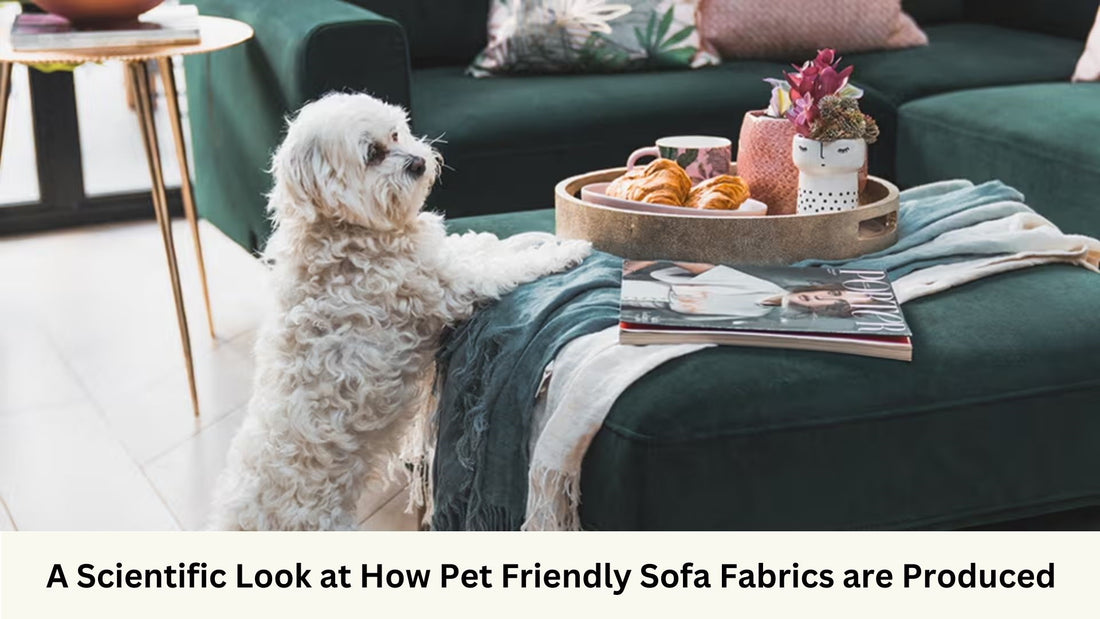
A Scientific Look at How Pet Friendly Sofa Fabrics are Produced
Share
When it comes to choosing the right fabric for your home, there are many factors to consider. If you have pets, one of the most important considerations is finding a fabric that is pet-friendly. But what exactly does that mean? How are pet-friendly fabrics produced? In this blog post, we will take a scientific look at the production process of pet-friendly fabrics.
What are pet-friendly fabrics?
Pet-friendly fabrics are textiles that are specifically designed to withstand the wear and tear caused by pets. These fabrics are made to be durable, stain-resistant, and easy to clean. They are also designed to be resistant to pet hair and claws, ensuring that they will last longer and maintain their appearance even with pets in the house.
How are pet-friendly fabrics produced?
The production of pet-friendly fabrics involves several key steps to ensure their durability and resistance to pet-related damage:
1. Fiber selection
The first step in producing pet-friendly fabrics is selecting the right fibers. Fabrics that are commonly used for pet-friendly purposes include microfiber and certain synthetic blends. These fibers are chosen for their durability and resistance to stains and pet hair.
2. Weaving or knitting
Once the fibers are selected, they are woven or knitted together to create the fabric. The weaving or knitting process is crucial in determining the strength and durability of the fabric. Fabrics that are intended to be pet-friendly are often woven or knitted tightly to prevent pet hair from sticking to the fabric and to resist snagging from claws.
3. Finishing treatments
After the fabric is woven or knitted, it undergoes various finishing treatments to enhance its pet-friendly properties. These treatments may include stain-resistant coatings, anti-static treatments, and water-repellent finishes. These treatments help to repel pet hair, prevent stains from setting in, and make the fabric easier to clean.
4. Testing
Before pet-friendly fabrics are released to the market, they undergo rigorous testing to ensure their performance. These tests may include simulated pet-related activities such as rubbing, scratching, and staining. The fabrics are also tested for their resistance to fading, pilling, and shrinkage. Only fabrics that meet the strict performance standards are deemed pet-friendly and ready for use.
Conclusion
Choosing the right fabric for your home when you have pets can make a big difference in the longevity and appearance of your furniture. Pet-friendly fabrics are specifically designed to withstand the challenges posed by pets, and their production process involves careful selection of fibers, weaving or knitting, finishing treatments, and rigorous testing. By understanding how pet-friendly fabrics are produced, you can make an informed decision when selecting fabrics for your home that will stand up to the demands of your furry friends.
Published: 26th March 2024
